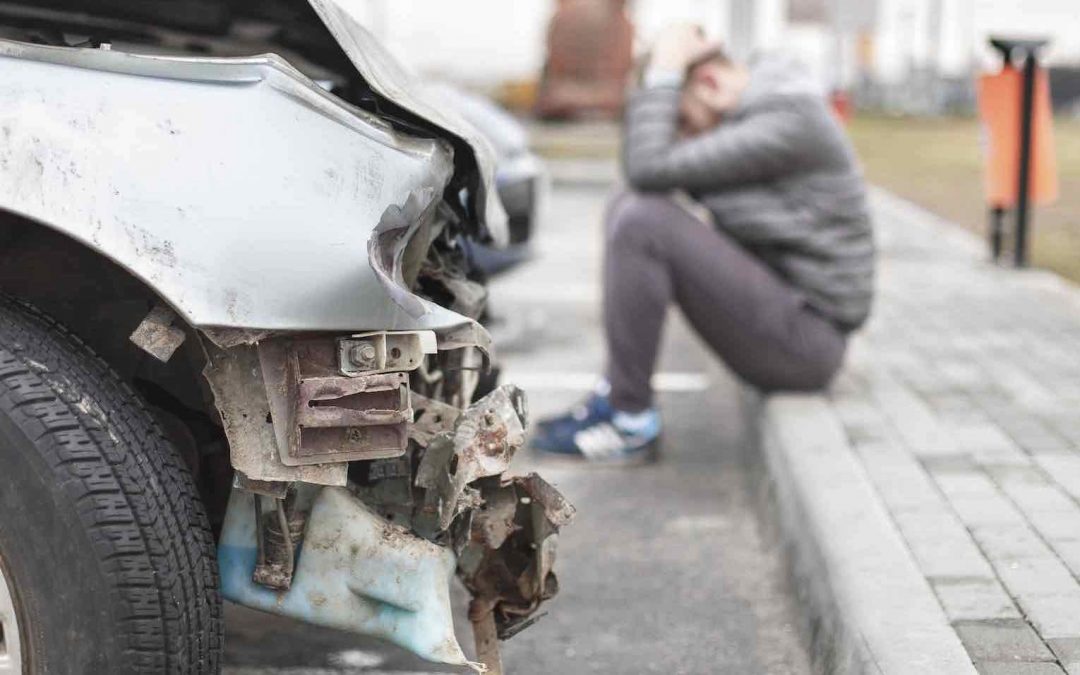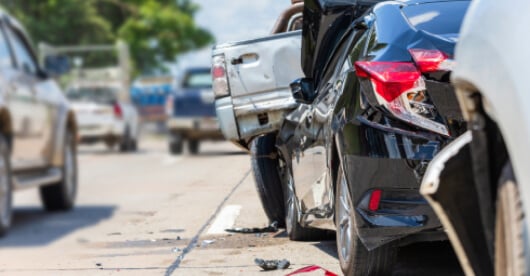1. Start snapping pictures
Now is the time to play detective. Take out your cell phone or camera, make sure the timestamp feature is on, and immediately start snapping images. If you’re in an Auto Accident, take pictures of your car and the other driver’s car, from any angle you can think of. Be meticulous. If there’s debris in the road or if parts have fallen off either car, get pictures of those too.
If you have injuries on your arms, legs or torso, take images. If you have bruises or cuts on your face, take a selfie. Think of the accident area as an ever-disappearing crime scene. Once the police, ambulance or tow truck arrive, it’s going to be really hard to preserve the evidence.
2. Take lots of notes
It’s a well-known fact that eyewitness testimony is notoriously inaccurate. Unfortunately, if you have an accident, you’ll probably forget even the most basic details. So take notes of what happened on the day of your accident – and later down the line.
Don’t have a notepad? Write on a napkin. No paper or pen? Tap out a long email to yourself on your phone. Here’s a quick list of what you’ll need to chronicle:
- Time and date of accident
- Play-by-play of what happened
- List of injuries
- Details about surroundings
- Visits to the doctor
- Days of missed work
- Ways injuries have affected your relationships
- Ways injuries have affected your work performance
If someone else at your accident scene remembers something, write that down too. Having too much information always better than not having enough.
3. Get the contact info of witnesses
Did anyone see you fall – or see something fall on you? Was someone walking out of the supermarket just as you were run off the road? Talk to people in the vicinity and get their contact info. Don’t stop with a phone number and name – if you can get an email address, street address or a business card, get that too.
Even if a witness misses the actual accident and finds you on the ground, or they only remember the scantest of details, politely ask them if they’ll be willing to speak with your attorneys (or insurance company) about what they saw.
4. Get medical attention – stat!
Even if you feel no pain, have no visible injuries or don’t think you were hurt, see a doctor or go to the emergency room after your accident. If someone offers to call an ambulance, take them up on their offer. Why? Because medical documentation of your injuries will play a critical role in determining compensation.
Delayed injury symptoms are also extremely common after a car accident, Motorcycle Accident, Workplace Accident, fall or other injury. Days, weeks or months after your incident, you may start to get headaches or back pain. You might suffer from PTSD or feel numbness in your hands.
With careful documentation from a physician, even if your symptoms flare up way down the road, you have a much better chance of proving you’ve been hurt.
5. Call a lawyer
Once you’ve suffered a personal injury, things can get complicated – quickly. You’ll need to fill out and submit paperwork. Provide photos. Undergo interviews. Law enforcement, insurance agents and attorneys will ask questions, build cases and create files.
By calling an attorney right away and securing representation, you’re hiring an expert (or a group of experts) to navigate the complicated parts and paths of insurance cases and lawsuits. Your attorney will know how to cut through red tape, push back against insurance companies and negotiate with other legal teams.
Always remember this: Insurance companies and attorneys on the other side have one goal, and that’s to get you to take the lowest possible settlement (or no settlement at all). With an experienced attorney in your corner, you may save time, hassle, and get adequate compensation for your injuries.

